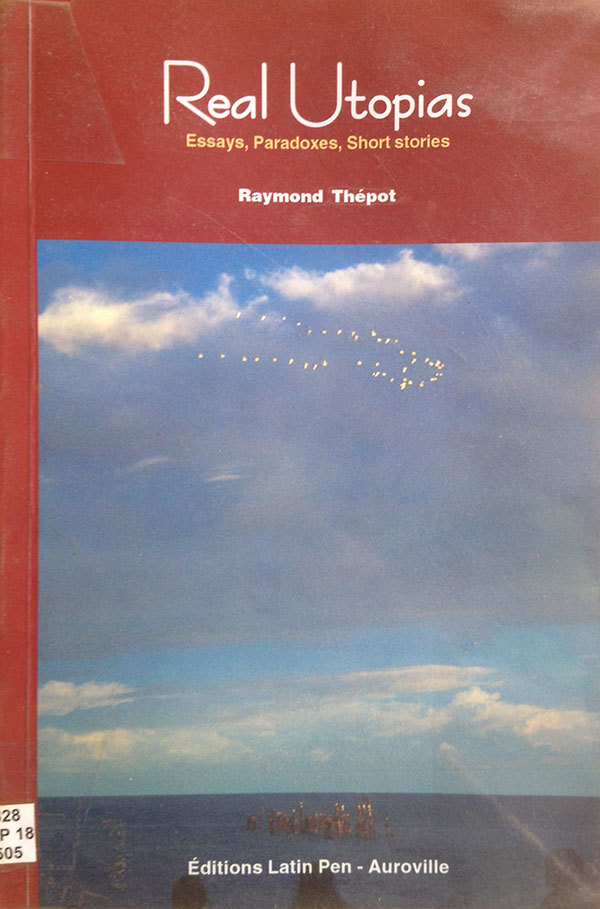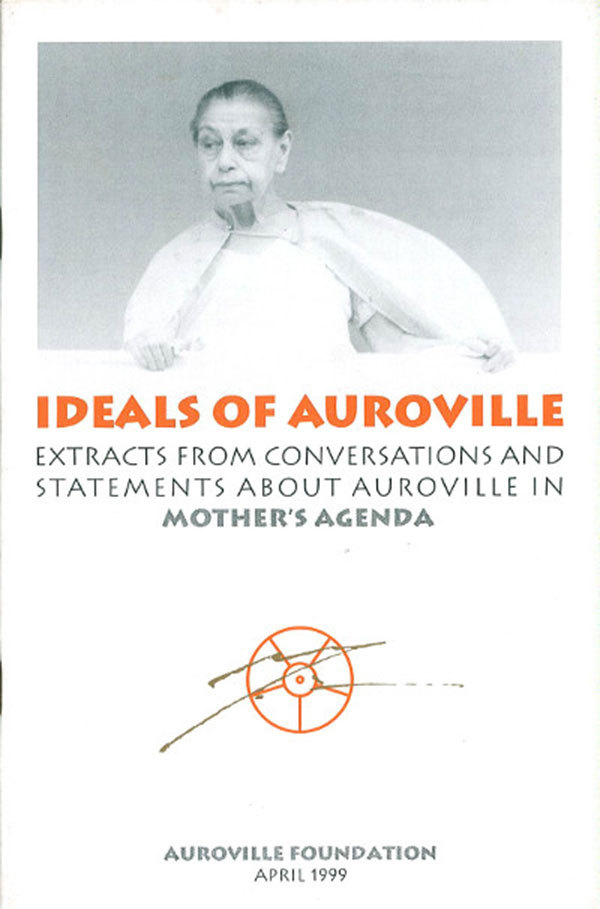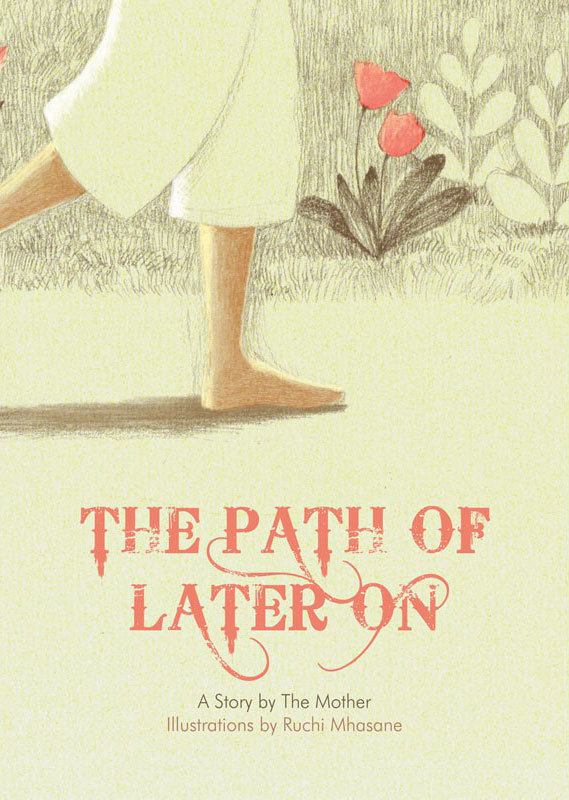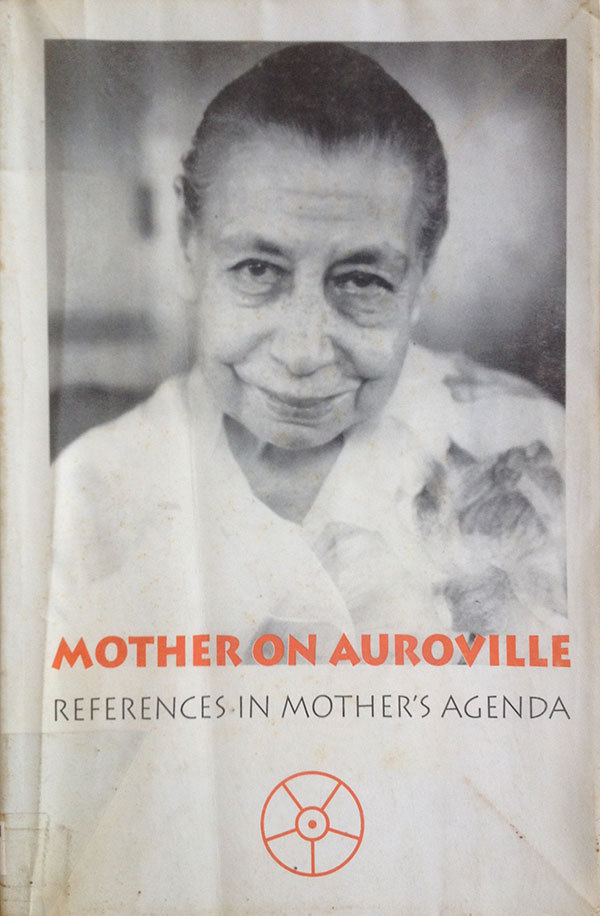Last updated:
The English of Savitri Volume 1

by Sraddhavan
“The English of Savitri” is based on transcripts of classes given by Shraddhavan at Savitri Bhavan in Auroville from August 2009 to October 2010, which have been edited for conciseness and clarity, while aiming to preserve some of the informal atmosphere of the course. Shraddhavan first started teaching English through close readings of Sri Aurobindo’s revelatory epic Savitri: a legend and a symbol with a small group of interested adults in 1980. In August 1998 these classes were resumed at Savitri Bhavan, taking place in the early mornings three times a week in the thatched hut which was the first construction on the site of the future complex. Later, weekly classes were held there in the afternoons to accommodate a growing number of students, including young Tamil teacher-trainees from the Arul Vazhi School located in Promesse, Auroville. These classes were given the name ‘The English of Savitri’. In May 2009 we had the joy of completing the course, as this group reached the end of the poem. A new start was made from the beginning on Thursday August 6. Thanks to the initiative of Sungheui from Korea, the new series of classes were filmed and recorded. Edited transcripts of these classes began to be published serially in the Bhavan’s journal of Study Notes on Savitri, ‘Invocation’, from issue 32 onwards, since it was felt that they may be of interest to many readers. In fact these articles found an enthusiastic response from students of Sri Aurobindo’s mantric epic, and one Savitri-lover from Gujarat, Shri Kirit Thakkar, undertook to translate them into Gujarati. They are now being published in book form in several volumes by Yukta Prakashan publishers of Vadodara. This suggested the idea of collecting the original English articles in book form too. This is the first such volume, covering all the five cantos of Book One of the poem, ‘The Book of Beginnings’.
The aim of this course, which is still ongoing, is to assist people who wish to improve their understanding of Sri Aurobindo’s revelatory epic, to enter more deeply into its atmosphere and, as a side-effect, to improve their knowledge of the English language. The Mother has mentioned:
For the opening of the psychic, for the growth of consciousness and even for the improvement of English, it is good to read one or two pages of Savitri each day.
Those who attend this course are encouraged to do homework: to read a little from Savitri every day, to revise what has been read and discovered in the class, such as the meanings of individual words and new phrases, and to aspire for the mantric power of Savitri to open the deep heart centre and widen the consciousness.
Book Details
Author: Shraddhavan
Print Length: 522 pages
Publisher: Savitri Bhavan
Sold by: Auro e-Books
Book format: PDF, ePub, Kindle
Language: English
Price: $6.0
Book Download
"The English of Savitri" (pdf, epub, kindle)
provided by Auro e-Books
Table of Contents
Introduction
Canto One. The Symbol Dawn
Section 1, lines 1 to 185
Section 2, lines 186-342
Canto Two. The Issue
Section 1, lines 1 to 185
Section 2, lines 186 to 367
Canto Three. The Yoga of the King: The Yoga of the Soul’s Release
Section 1, lines 1 to 145
Section 2, lines 146 to 436
Section 3, lines 437 to 574
Section 4, lines 575-786
Section 5, lines 787 to 824
Canto Four. The Secret Knowledge
Section 1, lines 1-126
Section 2, lines 127-341
Section 3, lines 342-520
Section 4, lines 521-616
Section 5, lines 617-735
Section 6, lines 736-842
Section 7, lines 843-966
Canto Five. The Yoga of the King The Yoga of the Spirit’s Freedom and Greatness
Section 1, lines 1-84
Section 2, lines 85-168
Section 3, lines 169-239
Section 4, lines 240-328
Section 5, lines 329-475
Section 6, lines 476-511
Section 7, lines 512-626
Afterword
Book Sample
The English of Savitri
Canto One: The Symbol Dawn
Section 1, lines 1 to 185
Canto One covers ten pages and has two sections. The first section describes the dawn, the beginning of a day; but, as we shall see, it is not a simple narrative account of a sunrise: rather, the approach of the new light is shown as the symbol of a psychological process. The second section introduces us to the heroine of the poem, Savitri, as she wakes up on this very special day – the day when, as she alone knows, and as we are told in the last line of the canto, her husband Satyavan must die.
People who have studied the chronology of Sri Aurobindo’s composition of Savitri tell us that the first section of Book One, Canto One is the part of the poem that he revised more than any other. Over fifty manuscript versions of this passage are kept by the Sri Aurobindo Archives in the Ashram, and many people find it amongst the most mysterious and difficult sections of the poem to understand. Nowhere in Savitri is Sri Aurobindo’s use of language more powerful, complex and original than in the first part of the first Canto of Book One. In this overture to the mighty symphony of his epic, he fuses multiple layers of meaning – literal, psychological, occult and spiritual – into a single flow of incomparable music.
The poem begins:
It was the hour before the Gods awake.
A single line with a powerful rhythm like a bell tolling, or a gong striking resonantly: here there are no difficult words, all of them are familiar to us, and yet the line is so mysterious: what does it mean? Amal Kiran, one of Sri Aurobindo’s poet disciples, was for 13 years in the 1930s and early 40s the only person to whom Sri Aurobindo was revealing parts of his poem and allowing him to ask questions, giving him clarifications which now help us greatly in understanding Savitri. Amal Kiran has written about this line in a letter. Let us have a look at what he says:
It was the hour before the Gods awake
Why does Sri Aurobindo not write “awoke”? The reason is that he is pointing not to an event which happened once but to one that constantly and repeatedly happens. … What Sri Aurobindo posits in this line is a religio-mythic concept that has been part of India’s temple-life for millennia: the daily awakening of the Gods.
The Gods are the Powers that carry on the harmonious functions by which the universe moves on its progressive path. According to an old belief, based on a subtle knowledge of the antagonism between the Lords of Falsehood and the Lords of Truth, the period of the night interrupts the work of the Truth-Lords by its obscuration of sight and by its pulling down of the consciousness into sleep. Each day with the onset of darkness the Gods are stopped in their functions by the Demons: the Gods pass into an oblivious slumber. Each day with the advent of light they emerge into activity and continue their progress-creating career. Traditionally the moment of their awaking, termed “Brahma-muhurta”, is 4 am. Every temple in India rings its bells and clangs its cymbals at 4 am to stir the deities no less than the devotees into action. The “hour” therefore which Savitri depicts at its start may be taken, if we are to be literal, as 3–4 am. The termination of this hour [the awakening of the Gods], is “the divine Event” mentioned in the second line….
There is each night a small temporary Inconscience, a passing snatch of the Great Darkness that is the divinely ordained womb of our cosmos. In this snatch we can glimpse the movement by which the Darkness grew less and less impenetrable and passed into what we may call Dimness awaiting Illumination: the phenomenon which Sri Aurobindo tersely catches in the phrase about the Inconscient being teased to wake Ignorance. The symbolisation consists in each night being the primeval Night itself in local transient miniature[1] .
The difference of tenses used in the two halves of the line, ‘It was the hour’ and ‘before the Gods awake’, indicates that the poet is telling us about a particular moment in a cyclic process that is repeated over and over again. In a sense, the powers of light awaken every day; and Sri Aurobindo begins his poem in the darkest hour that comes just before the dawn, as an English proverb reminds us.
Across the path of the divine Event
The huge foreboding mind of Night, alone
In her unlit temple of eternity,
Lay stretched immobile upon Silence’ marge.
Something or someone is lying ‘Across the path of the divine Event’. Amal Kiran has explained to us that this divine Event, this momentous happening, is the awakening of the Gods, the cosmic powers of light and progress. Lying across the path of that divine Event is ‘The huge foreboding mind of Night’. ‘Foreboding’ means a sense that something bad is going to happen; ‘fore’ is familiar to us in the word ‘before’; someone who is ‘to the fore’ is up in front, far ahead, a leader; ‘foresight’ is the capacity to see ahead and plan wisely for the future. The second part of the word occurs in the phrase ‘this bodes no good’, meaning that there are signs or omens that things may go badly wrong.
One of the wonderful features of the English language which makes it very flexible for poets to use, is that in poetry any word can be used as any ‘part of speech’, in any function in the sentence. An outstanding example of this flexibility is a line of Shakespeare from his play Richard III, in which one of the characters says “But uncle …” and his uncle, the king, responds “But me no buts and uncle me no uncles”. If we think in terms of ‘parts of speech’, the grammatical functions of words, the word ‘but’ is classified as a ‘conjunction’, a linking word which can be used to connect two parts of a sentence, as in: ‘We wanted to go on a picnic but it rained so we could not go.’ However in Shakespeare’s line, the humble conjunction is used once as a verb in the imperative, and then as a noun in the plural; similarly the word ‘uncle’ is used first as a verb, and then as a plural noun. Very vividly the speaker conveys “Do not come saying ‘But uncle’ to me! I am the king and I do not want to hear those two words from anyone”. In Savitri we shall find many instances where Sri Aurobindo makes full use of this freedom allowed to the poet by the English language. Here ‘foreboding’, often a noun, is used as an adjective describing the mind of Night, the subject of this sentence. Night is in her temple, lying stretched out, unmoving, ‘upon Silence’ marge’: ‘marge’ is a form of ‘margin’ meaning an edge or border; she is as if on the threshold of Silence. But Night is not asleep; she is conscious, and she is foreboding. She is feeling that something very bad for her is approaching: the divine Event, the coming of the Dawn and the Day, with all its Light and movement, which will mean the end of her reign. And just as the Dawn which is approaching is a Symbol Dawn, so too this is no ordinary night caused by the turning of the earth away from the Sun; this is a Symbol Night:
Almost one felt, opaque, impenetrable,
In the sombre symbol of her eyeless muse
The abysm of the unbodied Infinite;
A fathomless zero occupied the world.
‘Her eyeless muse’: ‘muse’ can be a verb; ‘to muse’ means to think deeply, to meditate; here it is a noun, meaning a state of dreamy contemplation. This power of Night has a mind, but no power of vision, it is ‘eyeless’; yet it has a foreboding that some dreadful change is approaching; This state is a ‘sombre symbol’ of something ‘opaque, impenetrable’: ‘opaque’ means that we cannot see through it, it is not transparent, light cannot pass through it because it is ‘impenetrable’, nothing can penetrate into it or pass through it; ‘impenetrable’ also means that we cannot understand it. That eyeless muse of the mind of Night is a dark ‘sombre symbol’, which makes us almost feel the opaque and impenetrable ‘abysm of the unbodied Infinite’, the infinite unmanifest, like a deep dark limitless ocean. ‘Abysm’ means a very deep place, so deep that it cannot be measured, and it is sometimes used for the deepest part of the ocean. In this hour before the dawn, it feels as if the whole world has been invaded, occupied by ‘a fathomless zero’. In a physical sense a ‘fathom’ is the unit used to measure how deep the sea is. It is also used in a psychological sense: when we try to fathom something, as we are doing now, we try to measure its depths, get to the bottom of it, understand it; if it is unfathomable or ‘fathomless’ we cannot measure it, it is beyond our grasp. Such a deep mysterious nothingness and emptiness occupied the whole world at that dark hour. In her sketch for the Meditations on Savitri paintings, the Mother has imaged this moment as an eye: the mind of Night, not entirely closed, not asleep, but absorbed in its foreboding muse, dreading and resisting the coming of the light and the awakening of the gods. In the following lines, Sri Aurobindo tells us more about this resisting dark consciousness:
A power of fallen boundless self awake
Between the first and the last Nothingness,
Recalling the tenebrous womb from which it came,
Turned from the insoluble mystery of birth
And the tardy process of mortality
And longed to reach its end in vacant Nought.
The Mother has explained these lines like this:
Even in the darkest Unconsciousness, there was something like the remembrance of the Divine Origin, and it had an urge to wake up to existence. But all the habit of the Inconscient was so strong that it had a natural tendency to go back to Nothingness. … This is like the first attempt of waking up in the Nothingness by something that was a faint expression of consciousness – but ‘Recalling’, as Sri Aurobindo says, ‘the tenebrous womb from which it came’ this had a tendency of going back to Unconsciousness. It is like the origin of Death[2] .
This ‘power of fallen boundless self’ is the mind of Night: a divine power, but cut off from its origin by a fall into unconsciousness; it has emerged from the inconscient, ‘the tenebrous womb from which it came’. ‘Tenebrous’ means dark, shadowy. It remembers the darkness of inconscience from which it has come, and like many of us when first waking up in the morning, it wants to go back into that state, to go back to sleep. Life and the ongoing slow cycle of emerging into consciousness through birth and death and rebirth seem too difficult for it, an ‘insoluble mystery’ and a ‘tardy process’ which is lasting far too long. That foreboding mind of Night longs to reach its end, to fall asleep again forever in total unconsciousness, ‘vacant Nought’.
We could say that the struggle between two powers, the dark foreboding mind of Night which longs for everything to dissolve again into nothingness and emptiness, and the power of the Dawn, Savitri, who brings the new Light and the eventual triumph of a higher light that can transform even the mind of Night, is the underlying theme of the whole of this marvellous poem, which begins with the mind of Night resisting the coming of the divine Event, the adventure of Consciousness and Joy, and which ends with Night transformed, as we read in the last lines of the poem :
Lost in the halo of her musing brows
Night, splendid with the moon dreaming in heaven
In silver peace, possessed her luminous reign.
She brooded through her stillness on a thought
Deep-guarded by her mystic folds of light,
And in her bosom nursed a greater dawn.[3]
[1] K.D. Sethna (Amal Kiran) The Sun and the Rainbow, Hyderabad, 1981, p. 147-151
[2] About Savitri, Part One, 2nd edition, Havyavahana Trust, 2015
[3] Savitri, CWSA volumes 33 and 34, p. 724
-
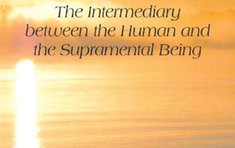
Overman: The Intermediary between the Human and the Supramental Being
-
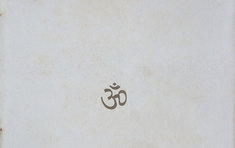
Immortal India - Towards the Ideal Society
-
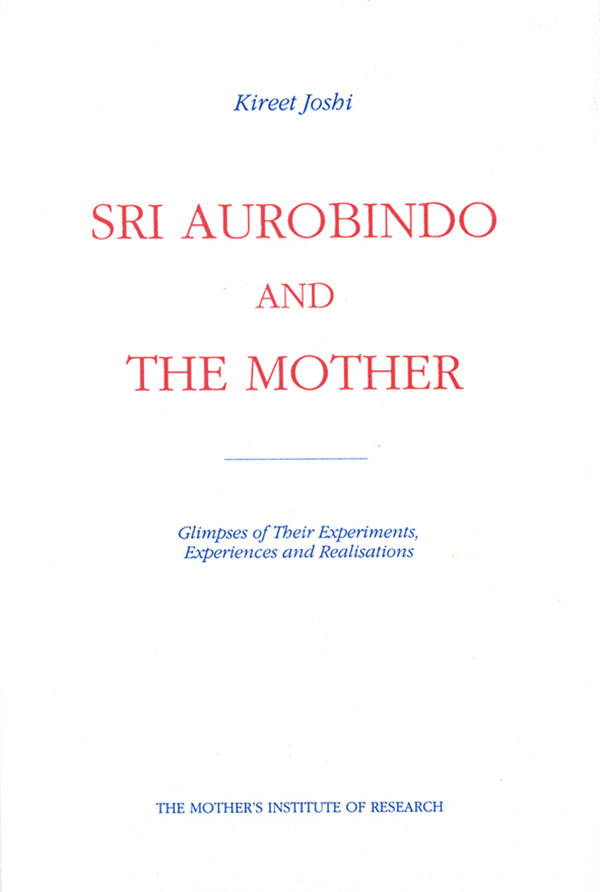
Sri Aurobindo and the Mother
-
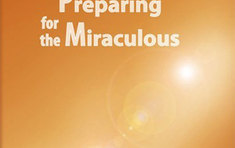
Preparing for the Miraculous
-

Beyond Man
-
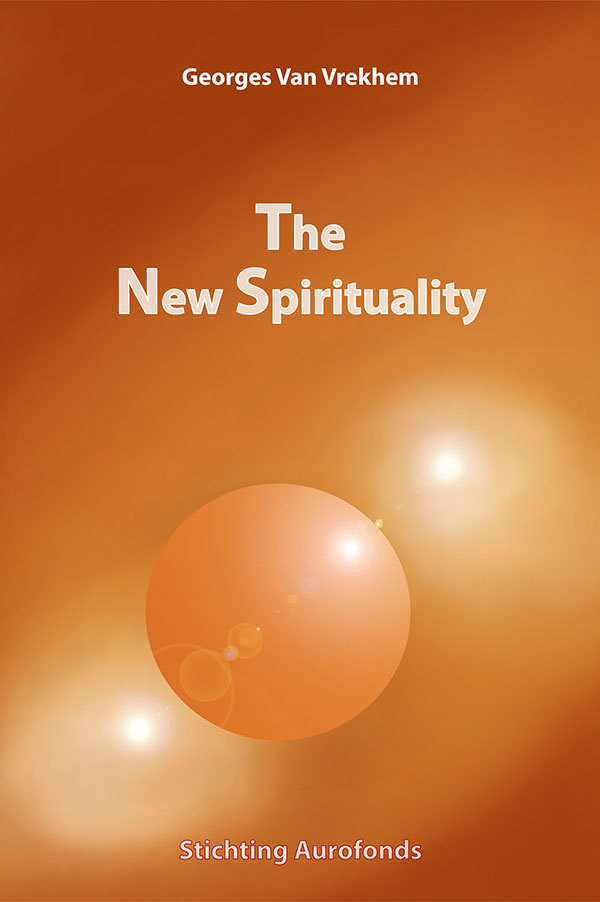
The New Spirituality
-
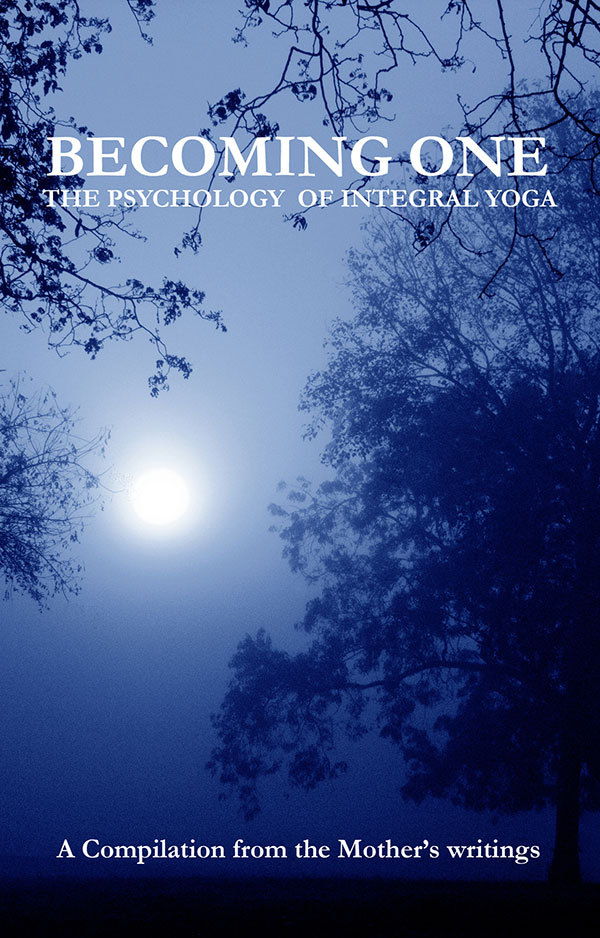
Becoming One: The Psychology of Integral Yoga
-
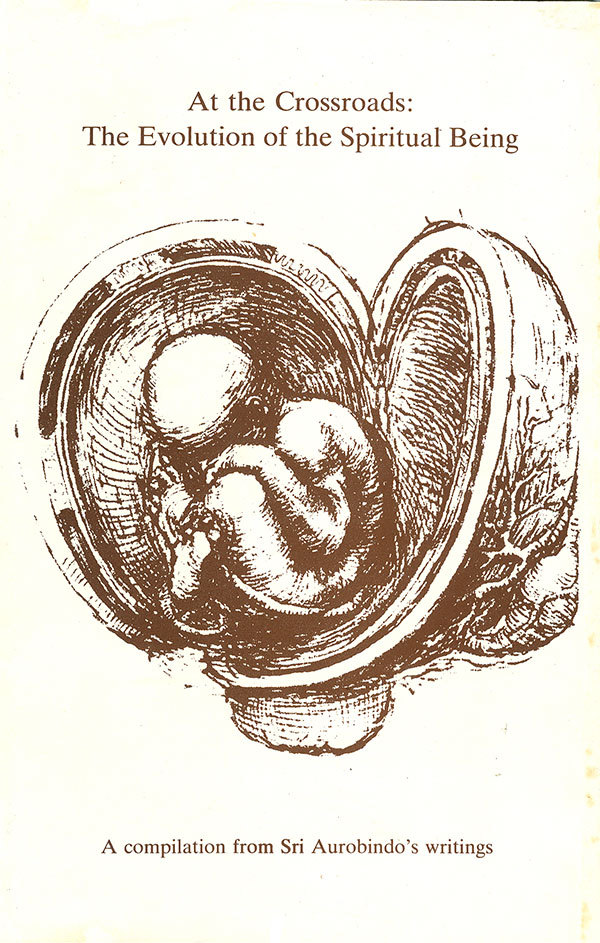
At the Crossroads: The Evolution of the Spiritual Being
-
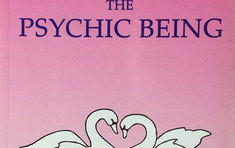
Finding the Psychic Being
-
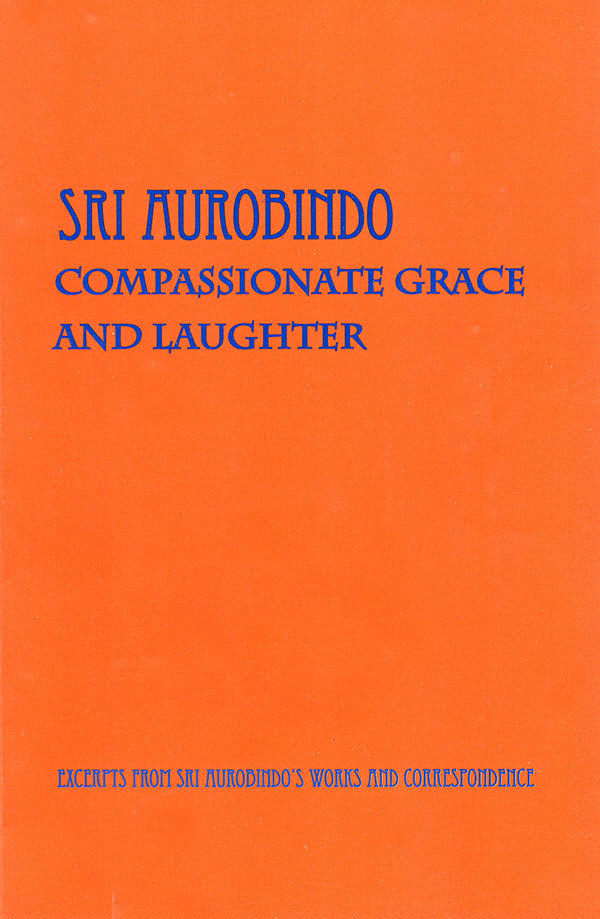
Sri Aurobindo: Compassionate Grace and Laughter
-
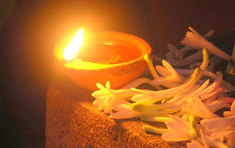
Veda-Weisheit
-
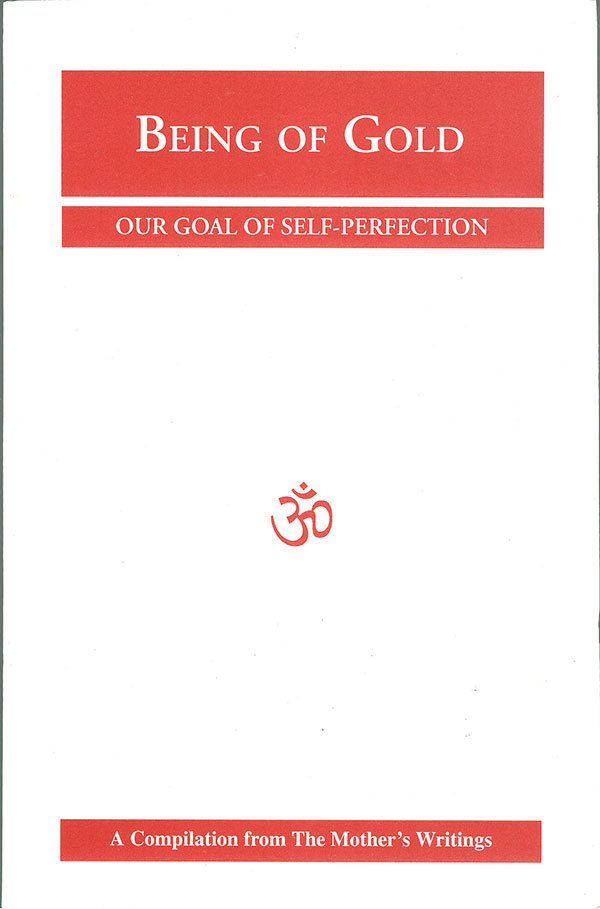
Being of Gold: Our Goal of Self-Perfection
-
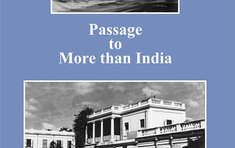
Passage to More than India
-
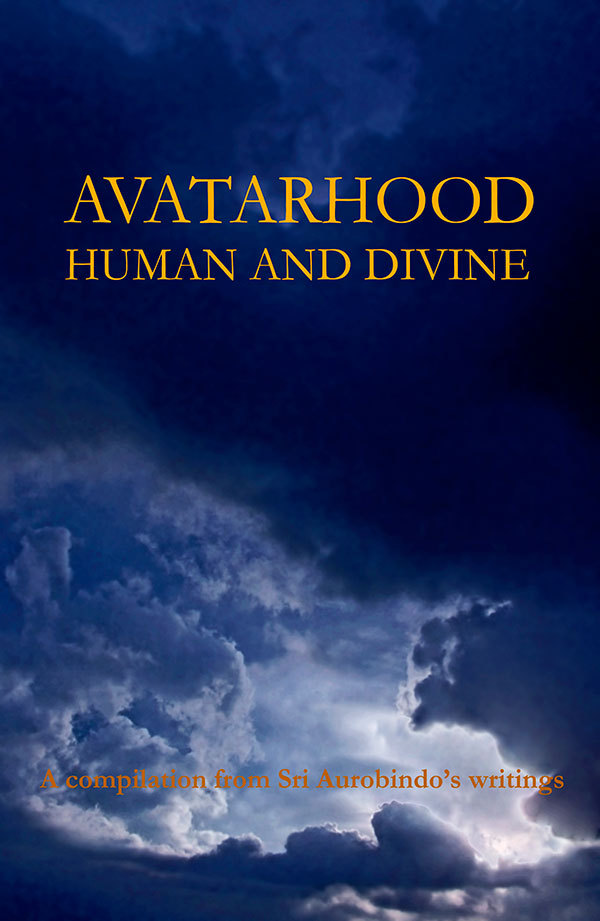
Avatarhood: Human and Divine
-
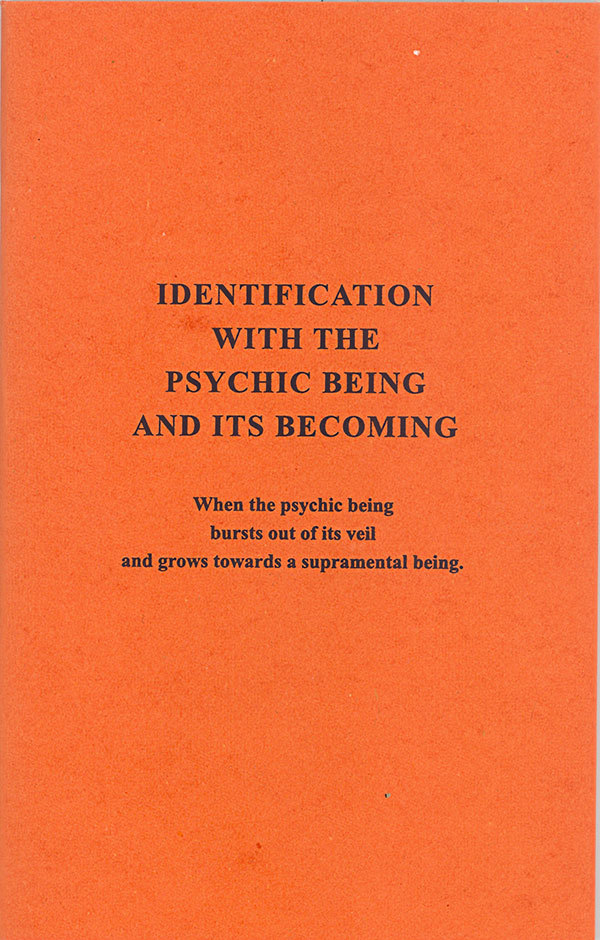
Identification with the Psychic Being and It's Becoming
-
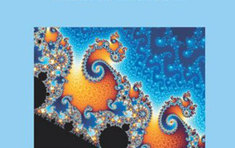
Patterns of the Present
-
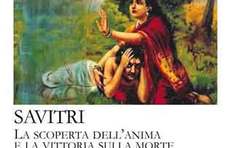
Savitri: La scoperta dell'Anima e la vittoria sulla Morte
-
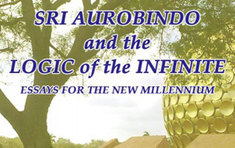
Sri Aurobindo and the Logic of the Infinite: Essays for the New Millennium
-
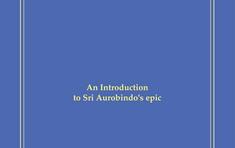
Savitri - The Golden Bridge, the Wonderful Fire
-
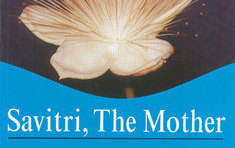
Savitri, the Mother
-
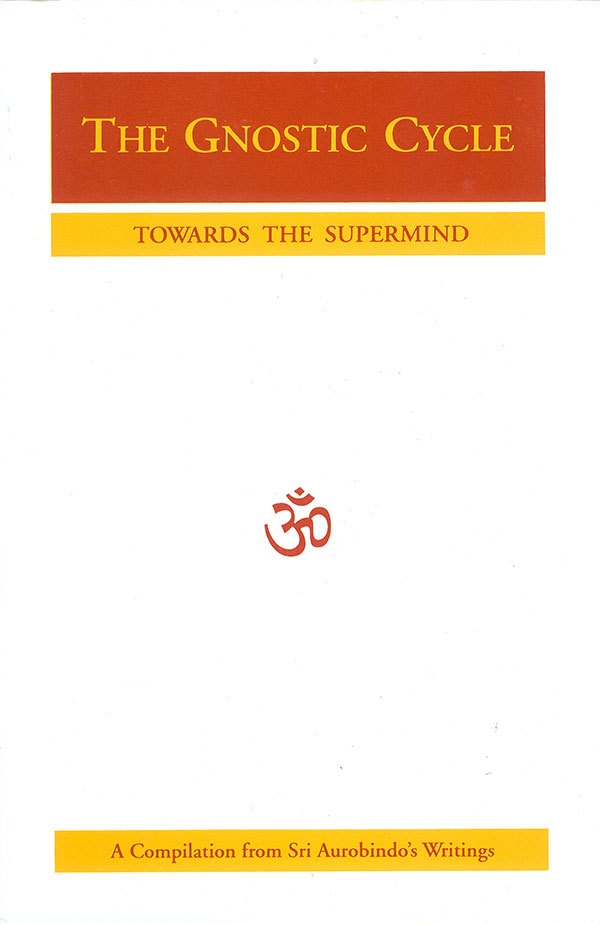
The Gnostic Cycle: Towards the Supermind
-
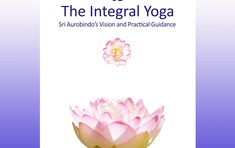
An Introduction to the Integral Yoga: Sri Aurobindo's Vision and Practical Guidance
-
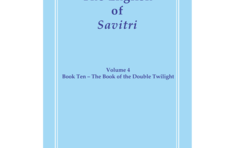
The English of Savitri Volume 4
-

Savitri
-

The English of Savitri Volume 2
-
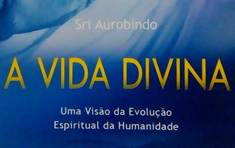
The Life Divine - translated into Portuguese
-
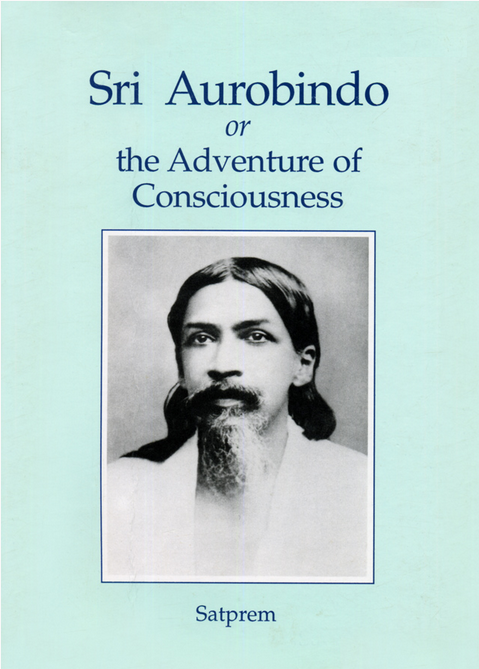
Sri Aurobindo or The Adventure of Consciousness
-
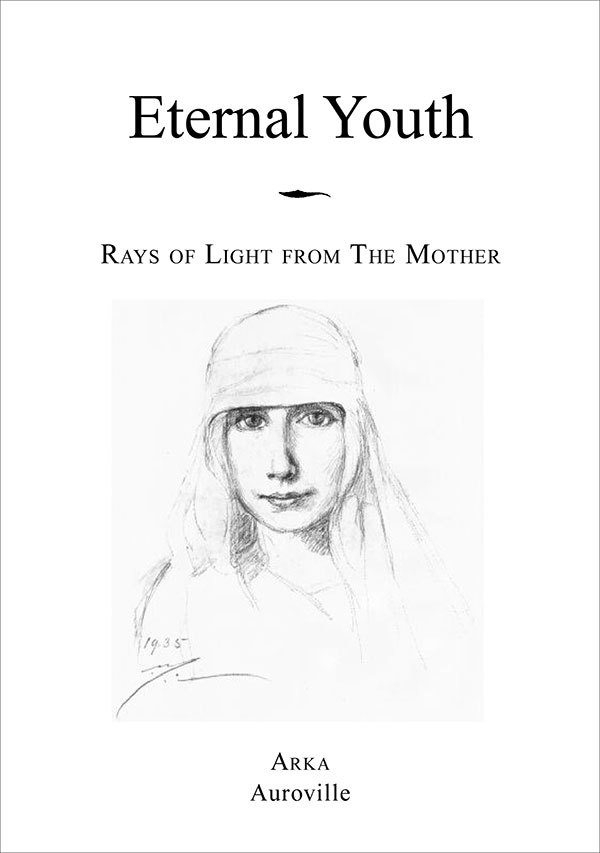
Eternal Youth
-
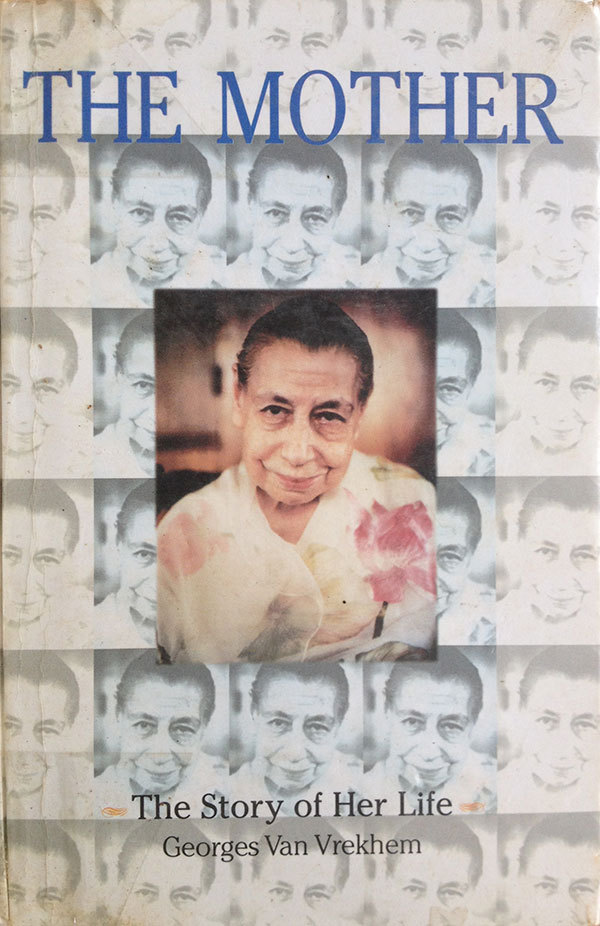
The Mother: The Story of Her Life
-
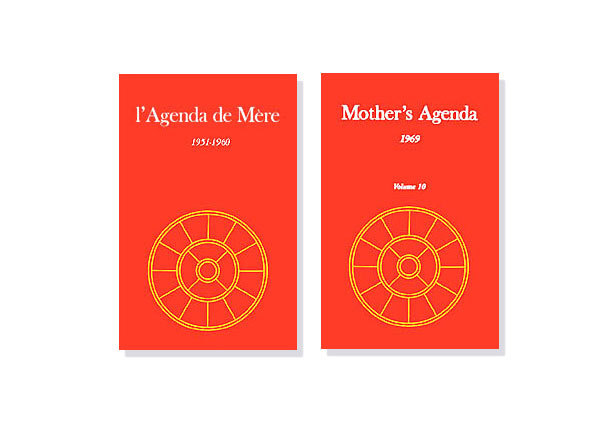
Mother's Agenda
-
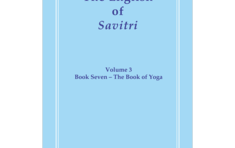
The English of Savitri Volume 3
-

The Gunas - The Three Modes of Nature
